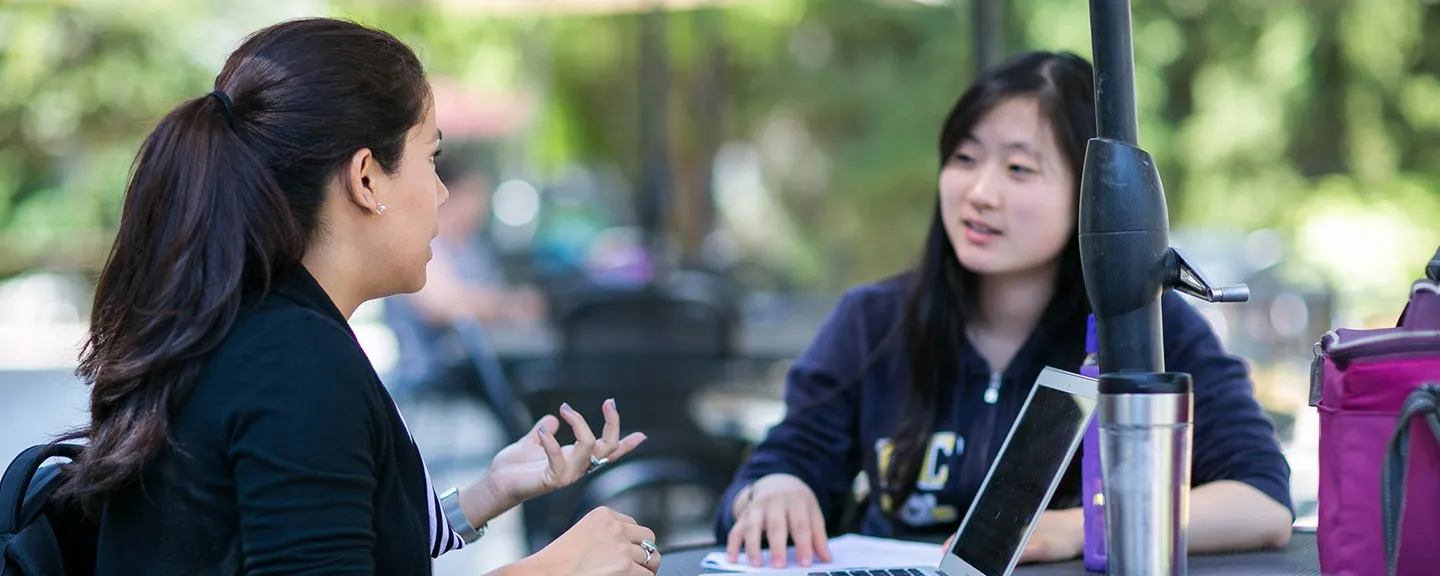- Home
- >
- APU Articles
- >
- News Article
Understanding Direct Student Loans
June 16, 2018 | Written By Ashley Eneriz

This is where direct student loans come in. This type of loan can bridge any financial gaps and help your student afford the worthy investment of higher education. Stephen Fahey, director of undergraduate financial aid at Azusa Pacific University, understands what it takes to finance a college degree. “It’s understandable that parents would be concerned about their child’s debt; however, students and parents alike should consider student loans as an investment in future earning potential and job opportunities,” he says. With that in mind, here’s everything you need to know about direct loans.
Why Choose Direct Loans?
If scholarships and grants do not cover the entire cost of your student’s attendance, then direct student loans are the next best option. Unlike private student loans, which are borrowed from a financial institution, direct loans are borrowed from the U.S. government. This means that interest rates are lower—and fixed.
There are several repayment plan options available, such as an income-based repayment plan, if your child cannot afford to repay the loans after graduation. Federal loans also come with a six-month grace period, meaning students will not have to start repaying until six months after graduation or dropping below the minimum of 6 units required.
Another reason to choose direct student loans before private loans is the availability of loan forgiveness programs. Federal direct loans are eligible for Public Service Loan Forgiveness—a program that grants loan forgiveness to individuals employed by the government or not-for-profit organizations—as well as other loan forgiveness and loan assumption programs.
Direct Subsidized Loans vs. Direct Unsubsidized Loans
Direct subsidized loans are given to undergraduates based on financial need, and the government pays the interest on the loan while the student is in school. Meanwhile, direct unsubsidized loans are available for all undergraduate and graduate students; no financial need is required. Students who take out a direct unsubsidized loan will pay interest on the loan while they are still in school.
For both types of loans, the amount your student will receive is determined by their school, their current school year and whether they’re considered dependent or independent. Once your child is awarded a federal loan, the school will apply the loan funds to their tuition, fees, room and board, as well as any other school charges. If there are any funds left over, the remainder of the loan will be returned to the student, but it must be used for only educational expenses.
Watching your student take on loan debt may be somewhat unnerving, but you can rest assured that it is a worthwhile investment in their future. Students are taking the necessary steps to secure the degree they are passionate about so they can pursue the career and life of their dreams—and that should be encouraged.
If you’ve still got questions, you can talk to a knowledgeable financial aid counselor to discover what financing options are available for your student. These professionals can help you decide together how to make student loans manageable during (and after) their college experience.